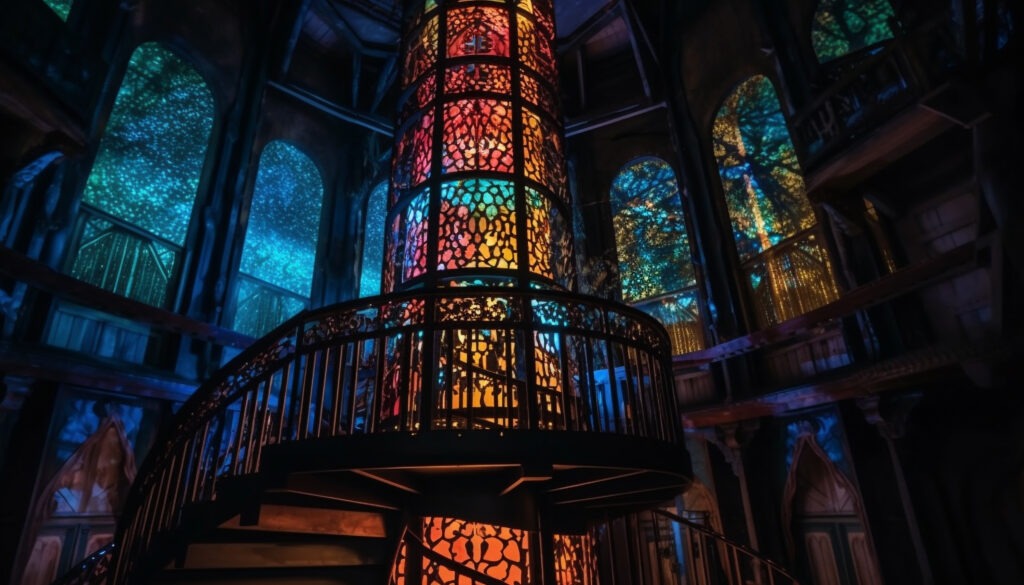Byzantine Churches of Istanbul
These churches from the Byzantine period are scattered all over Constantinople, the old name of Istanbul. Hagia Sophia is the most well-known church and has remained so for over a thousand years.
Other churches, most of which were converted to mosques, are scattered around the old Istanbul.
Among them are:


The Chora Church or Kariye Mosque (Turkish: Kariye Camii) is a former church, now converted to a mosque (for the second time).
This church converted mosque is located in the Edirnekapı, neighborhood of Fatih district, Istanbul, Turkey. It is mainly famous for its outstanding Late Byzantine mosaics and frescos.


Pammakaristos (Greek: Θεοτόκος ἡ Παμμακάριστος, “All-Blessed Mother of God”) converted into the Fethiye Mosque (Turkish: Fethiye Camii, “mosque of the conquest”) in 1591.
The church is one of the most important examples of Constantinople’s Palaiologan architecture. Now a mosque, it contains the largest quantity of Byzantine mosaics in Istanbul after the Hagia Sophia and The Chora.


The Church of Saints Sergius and Bacchus was built on the grounds of the Palace of Hormisdas near the Sea Wall by the Marmara Sea south of the Hippodrome of Constantinople.
It was converted into a mosque known as Küçük Ayasofya Camii (“Little Hagia Sophia Mosque”) in the 16th century.


The Monastery of the Pantokrator (Greek: Μονή του Παντοκράτορος Χριστού; Turkish: Pantokrator Manastırı), now converted to Zeyrek Mosque (Turkish: Zeyrek Camii) is on the Fazilet Street in the Zeyrek district of Fatih in Istanbul.
It overlooks the Golden Horn. It is made up of two former Byzantine churches and a chapel joined together and represents the best example of Middle Byzantine architecture in Constantinople.


Formally The Church of Theotokos Kyriotissa, Kalenderhane Mosque is a former Eastern Orthodox church in Istanbul, Turkey, converted into a mosque by the Ottomans.
Its building represents one one of the few extant examples of a Byzantine church with a domed Greek cross plan.

